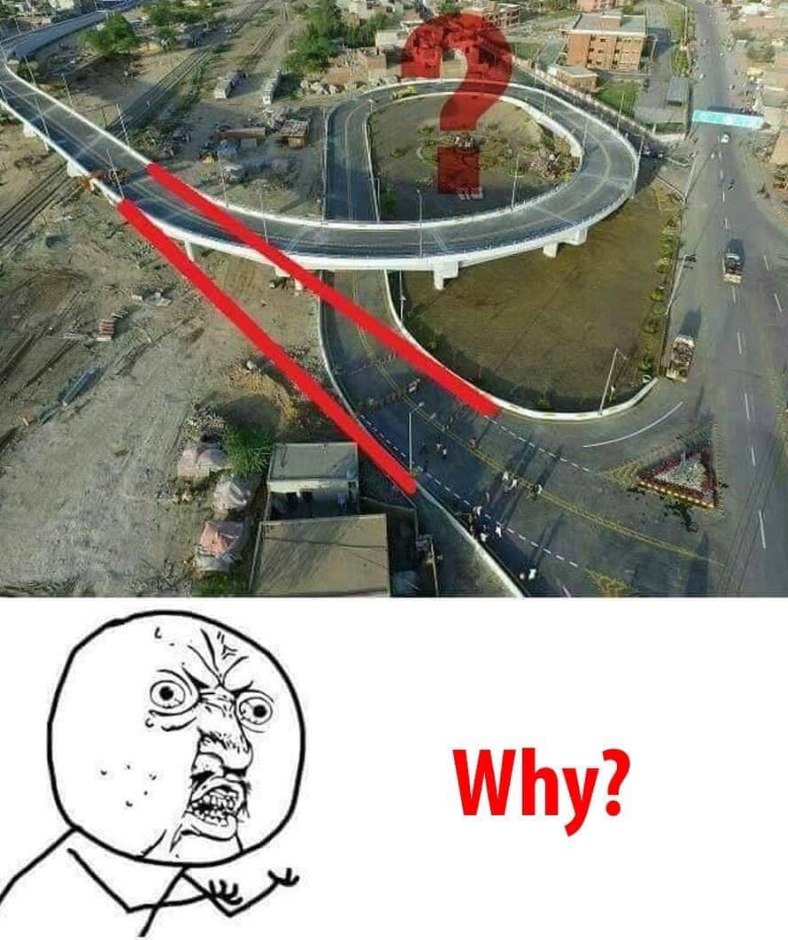Driving fast on long, straight roads may seem convenient, but it can lead to serious dangers like fatigue, loss of focus, and even drowsiness behind the wheel. To combat these risks, many roadways include curves to keep drivers engaged and alert. Let’s dive into why winding roads enhance driver safety, keep attention sharp, and help prevent accidents, especially on steep hills.

Why Straight Roads Can Be Risky
Though straight roads might appear to offer a quick and simple path from point A to point B, they can actually be hazardous for drivers. When a car moves in a straight line at high speeds, it creates conditions that make it harder for drivers to stay focused and responsive.
Fatigue and Diminished Focus
Long stretches of straight road can cause drivers to become overly relaxed. With fewer adjustments required for steering or speed, it’s easy for drivers to settle into a “cruise control” mentality. It’s similar to listening to a monotonous lecture—without enough variation, the mind begins to wander. When drivers lose focus, their reaction times slow down, increasing the likelihood of accidents.
The Dangers of Drowsiness
Prolonged periods of driving on straight roads can also make drivers sleepy. The lack of visual variety, combined with steady motion, can lull drivers into a semi-sleep state, heightening the risk of accidents. Drowsy driving is nearly as dangerous as drunk driving, as it impairs reaction times, judgment, and awareness.
The Safety Benefits of Winding Roads
While curved roads may seem like an inconvenience, they are actually a key safety feature. These bends keep drivers actively involved in the driving process, helping prevent fatigue and distraction.
Keeping Drivers Engaged
Curves, turns, and changes in road elevation require drivers to constantly adjust their steering, speed, and attention. Each turn or bend demands quick decisions about braking, accelerating, and maneuvering, keeping drivers mentally engaged and focused. With every curve, drivers stay alert, preventing the zoning out that can occur on long, straight stretches.
Driving on a winding road can feel like tackling a series of small challenges, each requiring attention and quick responses. This mental engagement prevents drivers from slipping into “autopilot” mode, a common risk on straight roads.
How Curves Help With Vehicle Control
Straight roads, particularly on steep slopes, can be difficult to navigate safely. Curved roads break up these slopes and force drivers to slow down, making it easier to stay in control of the vehicle.
Navigating Steep Slopes
Long, steep, straight roads are especially dangerous for larger vehicles or those carrying heavy loads. As gravity pulls the vehicle downhill, the increased speed makes braking harder and can lead to loss of control. In contrast, curved roads interrupt these steep descents, giving drivers natural points to slow down and regain control. The constant change in direction and slope on winding roads forces drivers to brake, shift gears, and adapt to the terrain, reducing the chances of brake failure or slipping.
Improved Visibility Around Curves
Curves also give drivers a better view of what’s coming, allowing them to anticipate potential hazards more quickly. With each turn, drivers have a clear view of what lies ahead, be it another sharp curve, a stopped vehicle, or road debris. This visibility helps drivers react faster to changes, unlike straight roads where obstacles may blend into the distance until it’s too late to react.
The Engineering Behind Safer Curves
Road engineers play a vital role in designing safer roads by incorporating curves that encourage driver alertness and reduce accidents. Specific design strategies enhance the benefits of these curved roadways.
Wider Curves for Safety
One important technique is widening the curve radius. Wider curves allow vehicles to follow a smoother path and reduce the build-up of centrifugal force, which can pull a car off the road if it’s going too fast. This approach allows drivers to safely maintain speed through a curve without compromising control.
Balancing Speed and Safety
Though winding roads may take a bit longer to travel, they provide far more safety. Engineers carefully design curves to balance speed and safety, allowing drivers to handle turns comfortably while still maintaining a reasonable pace. This approach encourages safe driving without causing unnecessary delays, making winding roads a thoughtful blend of safety and efficiency.
Winding Roads: A More Enjoyable Driving Experience
Curved roads not only enhance safety but also offer a more engaging and scenic driving experience. By requiring active participation, these roads turn a routine drive into a dynamic and interactive journey.
Adding Adventure to the Drive
For many drivers, the twists and turns of winding roads add a sense of adventure to the journey. The constant adjustments to speed and steering make the drive feel more involved and less monotonous, transforming what could be a tedious commute into an engaging experience.
Scenic Routes with Breathtaking Views
Winding roads often lead through scenic landscapes, offering beautiful views of hills, valleys, and forests. These drives become more than just a safe way to get from one place to another—they’re also a chance to enjoy the journey itself. Drivers and passengers alike can appreciate the sights, making the experience both safer and more pleasant.
Why Curves Are Better Than Straight Roads for Safety
While straight roads may seem faster, the risks associated with driver drowsiness, lost focus, and reduced control are too significant to ignore. Curved roads are specifically designed to keep drivers engaged, manage speed on slopes, and improve visibility.
Safety Over Speed
Ultimately, choosing between straight and winding roads comes down to prioritizing safety over speed. Although winding roads may add a few extra minutes to the trip, the enhanced focus, reduced accident risk, and improved driving experience make them a worthwhile choice.
Conclusion: Winding Roads Are Designed to Make Safer Drivers
Curved roads are more than just a layout choice—they’re a crucial safety feature that protects drivers from fatigue, distraction, and loss of control. By keeping drivers alert, improving visibility, and controlling speed on steep slopes, winding roads create a safer environment for everyone. Next time you find yourself on a winding road, remember: those curves are designed with your safety in mind, making the journey not only safer but also more enjoyable.





